#Los Heraldos del Encuentro by Alvaro de la Vega
Explore tagged Tumblr posts
Photo

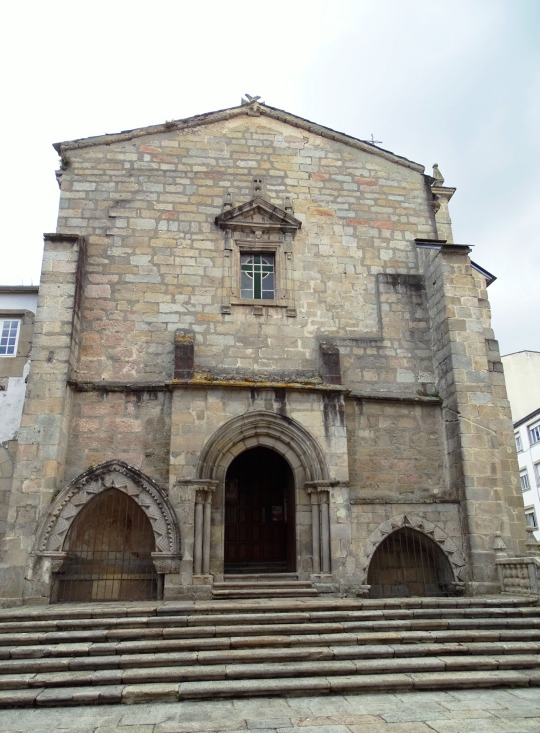
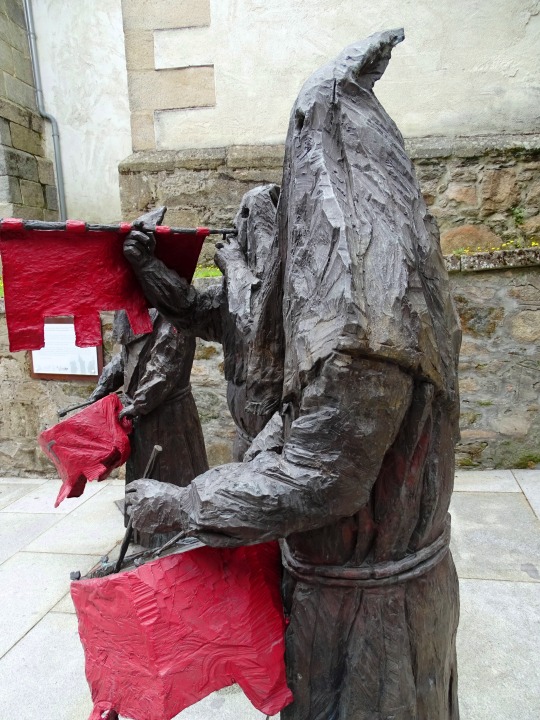
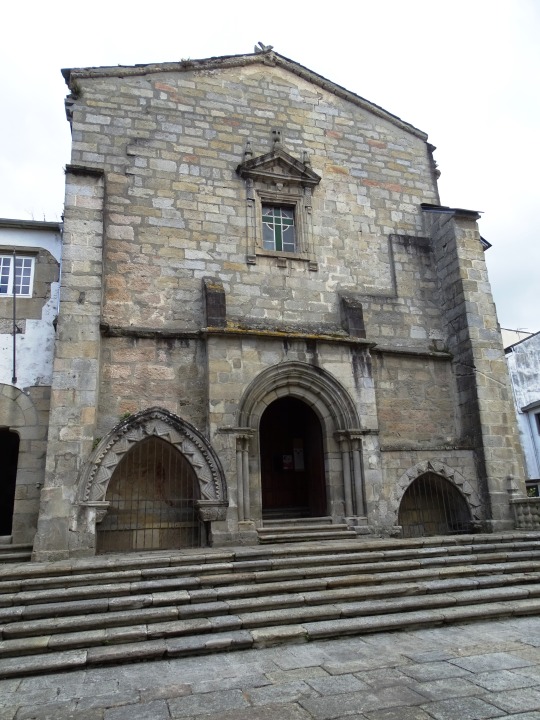

Semana Santa Spain
Semana Santa is observed annually in Spain during the week immediately before Easter and this year it takes place from April 2 to 9. Also known as Holy Week, Semana Santa is observed by Catholics to commemorate the Passion of Jesus Christ, his suffering, and death on the cross. Throughout the week, religious brotherhoods and fraternities carry out penance processions through the streets of almost every Spanish city and town. These activities attract visitors from outside Spain and are often advertised in hand guides and international fairs.
History of Semana Santa Spain
Semana Santa commemorates the Passion of Christ, that is, the suffering of Jesus before his crucifixion. The term ‘passion’ derives from the Latin verb ‘patior’ or ‘passus sum,’ meaning to ‘endure,’ ‘suffer,’ or ‘bear.’ In Catholic tradition, this often refers to specific events from the Christian Bible, such as the ‘Triumphant Entry’ of Jesus into Jerusalem. He rode into Jerusalem on the foal of a donkey, and as he did, the people greeted him as the Jewish Messiah, the ‘Son of David.’
When he arrived, he went into the Jerusalem temple and expelled the money changers who were doing business there. Later, Jesus and his disciples shared a meal known as the ‘Last Supper,’ from where Judas Iscariot left to betray Jesus to the religious leaders of Israel. Another important event was Jesus’ prayer in the Garden of Gethsemane, where he prayed until his sweat became like drops of blood. Immediately after this, he was arrested and put on trial, then unjustly declared guilty. Jesus was subsequently crucified, but after three days, he rose again.
Religious brotherhoods and fraternities hold penance processions through the streets of Spain during Holy Week. The participants or brothers typically use conical hooded penitent gowns to conceal their faces. They wear shackles on their feet and carry wooden crosses or candles. The ‘pasos,’ which floats with sculptures that depict scenes from the Passion of Christ or the Sorrows of the Virgin Mary, are another fascinating aspect of the processions. Typically, marching bands, or ‘marchas procesionales’ in Spanish, accompany the floats. Holy Week in Spain is more than just a religious celebration; it also draws visitors from worldwide who come to see the processions. Typically, the processions are advertised at significant international fairs, hand guides, and on T.V.
Semana Santa Spain timeline
Eighth Century The Reconquista Begins
During the Reconquista, Christian kingdoms expel Muslim Moors from the Iberian Peninsula.
1478 The Spanish Inquisition is Formed
The Spanish Inquisition is established to combat heresy in Spain.
1521 The Stations of the Cross are Institutionalized
After returning from the Holy Land, the Marques de Tarifa establishes the ‘Via Crucis,’ Stations of the Cross, in Spain.
1851 The State Adopts Catholicism
Catholicism becomes the official state religion of Spain with the signing of the Concordat of 1851.
Semana Santa Spain FAQs
What is Easter called in Spain?
Easter is called ‘Pascua’ in Spain.
What foods are eaten during Semana Santa?
Popular meals eaten during Semana Santa include Torrijas, Potaje de Vigilia, Roscos Fritos, Sopa de Ajo, and Mona de Pascua.
What other countries celebrate Semana Santa?
Mexico, Colombia, El Salvador, Bolivia, Guatemala, Brazil, Ecuador, Paraguay, and others.
Semana Santa Spain Activities
Learn from Christ’s life
Watch a parade
Love others
There are many lessons to learn from the life of the humble Christ. Take a moment to read one of the Gospels and discover what unconditional love means.
Whether or not you���re in Spain, you can take advantage of online platforms to stream one of the parades. Get a feel of the processions and see why it’s such a huge attraction.
While Christ was on earth, he exemplified true and abiding love. This Holy Week, commit to showing love in action, speech, and thought.
5 Amazing Facts About Spain
Spain borders Africa
It’s home to the second most-spoken language
Spain practices a constitutional monarchy
Other languages are spoken
Spain was once a Muslim country
Out of all the European countries, Spain is the only one that shares a border with an African country, which happens to be Morocco.
With over 500 million speakers, Spanish is the second most-spoken language in the world.
Although Spain is a democratic country, it also has a monarch — the current one being King Felipe VI.
Languages other than Spanish spoken in Spain include Celtic, Basque, Occitan, and Catalan.
Between 711 A.D. and 1492, Al-Andalus, as Spain was previously called, was under the control of Islamic Moors from North Africa.
Why We Love Semana Santa Spain
Christ paid the ultimate price
Christ touched many lives
Christ’s followers heal the world
Jesus gave himself as a sacrifice for sins, offering his life and blood. He consented to the worst kind of beating, spitting, and killing, to demonstrate selfless love to everyone who accepts him as Lord.
While on earth, Jesus left footprints in the lives of all who met him. He lifted the oppressed, healed the sick, and raised the dead. Till today, his impact on the world has not diminished.
Jesus set an example for his followers, teaching them to love enemies and do good to all. This peaceful lifestyle can be seen perpetuated by Christ’s followers in our world today, centuries after his ascension to heaven.
Source
#Los Heraldos del Encuentro by Alvaro de la Vega#Semana Santa#Holy Week#Viveiro#Galicia#Northern Spain#Southern Europe#travel#vacation#Igrexa de San Francisco#sculpture#public art#original photography#Spain#España#summer 2021#tourist attraction#landmark#I know they're not that but I still get an uneasy feeling looking at them#they're looking gar too similar#Palm Sunday#start of the holy week#2 April 2023
13 notes
·
View notes
Text

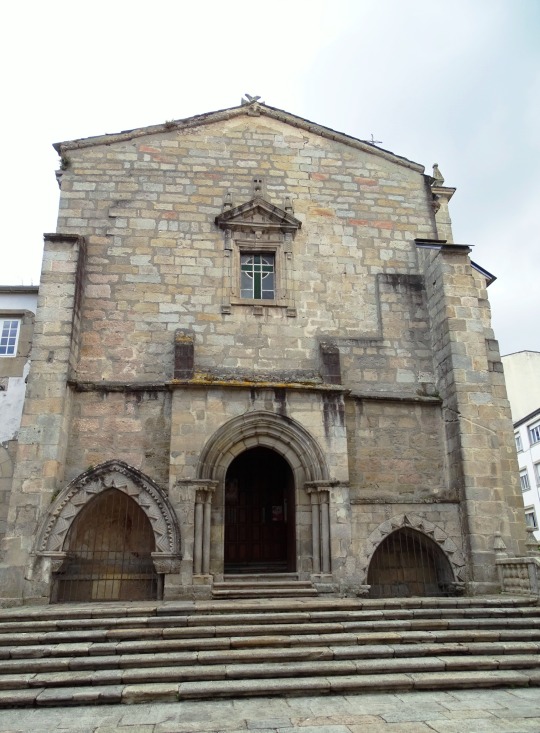

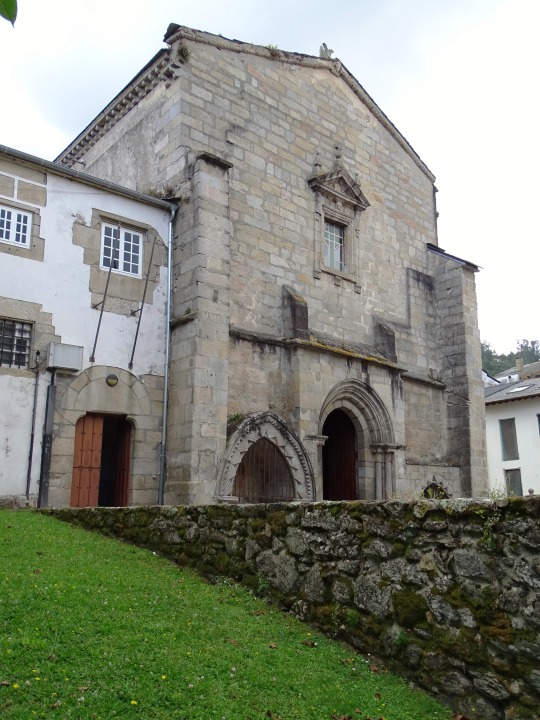
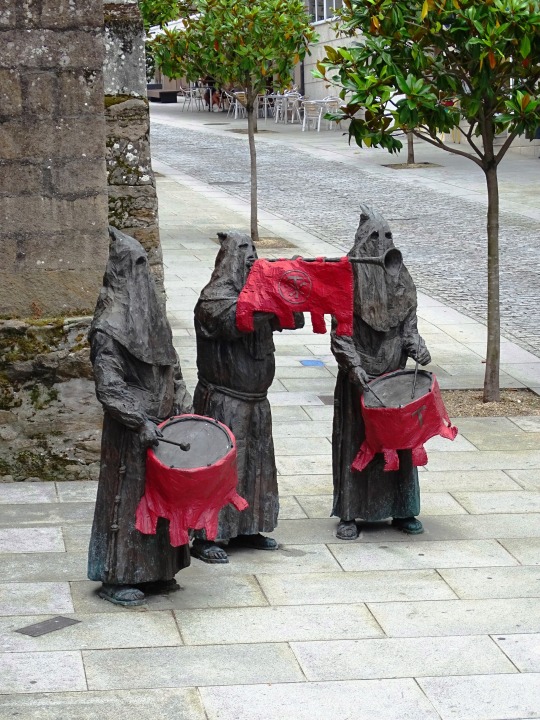

Semana Santa Spain
Semana Santa is observed annually in Spain during the week immediately before Easter and this year it takes place from March 24 to 31. Also known as Holy Week, Semana Santa is observed by Catholics to commemorate the Passion of Jesus Christ, his suffering, and death on the cross. Throughout the week, religious brotherhoods and fraternities carry out penance processions through the streets of almost every Spanish city and town. These activities attract visitors from outside Spain and are often advertised in hand guides and international fairs.
History of Semana Santa Spain
Semana Santa commemorates the Passion of Christ, that is, the suffering of Jesus before his crucifixion. The term ‘passion’ derives from the Latin verb ‘patior’ or ‘passus sum,’ meaning to ‘endure,’ ‘suffer,’ or ‘bear.’ In Catholic tradition, this often refers to specific events from the Christian Bible, such as the ‘Triumphant Entry’ of Jesus into Jerusalem. He rode into Jerusalem on the foal of a donkey, and as he did, the people greeted him as the Jewish Messiah, the ‘Son of David.’
When he arrived, he went into the Jerusalem temple and expelled the money changers who were doing business there. Later, Jesus and his disciples shared a meal known as the ‘Last Supper,’ from where Judas Iscariot left to betray Jesus to the religious leaders of Israel. Another important event was Jesus’ prayer in the Garden of Gethsemane, where he prayed until his sweat became like drops of blood. Immediately after this, he was arrested and put on trial, then unjustly declared guilty. Jesus was subsequently crucified, but after three days, he rose again.
Religious brotherhoods and fraternities hold penance processions through the streets of Spain during Holy Week. The participants or brothers typically use conical hooded penitent gowns to conceal their faces. They wear shackles on their feet and carry wooden crosses or candles. The ‘pasos,’ which floats with sculptures that depict scenes from the Passion of Christ or the Sorrows of the Virgin Mary, are another fascinating aspect of the processions. Typically, marching bands, or ‘marchas procesionales’ in Spanish, accompany the floats. Holy Week in Spain is more than just a religious celebration; it also draws visitors from worldwide who come to see the processions. Typically, the processions are advertised at significant international fairs, hand guides, and on T.V.
Semana Santa Spain timeline
Eighth Century The Reconquista Begins
During the Reconquista, Christian kingdoms expel Muslim Moors from the Iberian Peninsula.
1478 The Spanish Inquisition is Formed
The Spanish Inquisition is established to combat heresy in Spain.
1521 The Stations of the Cross are Institutionalized
After returning from the Holy Land, the Marques de Tarifa establishes the ‘Via Crucis,’ Stations of the Cross, in Spain.
1851 The State Adopts Catholicism
Catholicism becomes the official state religion of Spain with the signing of the Concordat of 1851.
Semana Santa Spain FAQs
What is Easter called in Spain?
Easter is called ‘Pascua’ in Spain.
What foods are eaten during Semana Santa?
Popular meals eaten during Semana Santa include Torrijas, Potaje de Vigilia, Roscos Fritos, Sopa de Ajo, and Mona de Pascua.
What other countries celebrate Semana Santa?
Mexico, Colombia, El Salvador, Bolivia, Guatemala, Brazil, Ecuador, Paraguay, and others.
Semana Santa Spain Activities
Learn from Christ’s life
Watch a parade
Love others
There are many lessons to learn from the life of the humble Christ. Take a moment to read one of the Gospels and discover what unconditional love means.
Whether or not you’re in Spain, you can take advantage of online platforms to stream one of the parades. Get a feel of the processions and see why it’s such a huge attraction.
While Christ was on earth, he exemplified true and abiding love. This Holy Week, commit to showing love in action, speech, and thought.
5 Amazing Facts About Spain
Spain borders Africa
It’s home to the second most-spoken language
Spain practices a constitutional monarchy
Other languages are spoken
Spain was once a Muslim country
Out of all the European countries, Spain is the only one that shares a border with an African country, which happens to be Morocco.
With over 500 million speakers, Spanish is the second most-spoken language in the world.
Although Spain is a democratic country, it also has a monarch — the current one being King Felipe VI.
Languages other than Spanish spoken in Spain include Celtic, Basque, Occitan, and Catalan.
Between 711 A.D. and 1492, Al-Andalus, as Spain was previously called, was under the control of Islamic Moors from North Africa.
Why We Love Semana Santa Spain
Christ paid the ultimate price
Christ touched many lives
Christ’s followers heal the world
Jesus gave himself as a sacrifice for sins, offering his life and blood. He consented to the worst kind of beating, spitting, and killing, to demonstrate selfless love to everyone who accepts him as Lord.
While on earth, Jesus left footprints in the lives of all who met him. He lifted the oppressed, healed the sick, and raised the dead. Till today, his impact on the world has not diminished.
Jesus set an example for his followers, teaching them to love enemies and do good to all. This peaceful lifestyle can be seen perpetuated by Christ’s followers in our world today, centuries after his ascension to heaven.
Source
#Los Heraldos del Encuentro by Alvaro de la Vega#Semana Santa#Holy Week#Viveiro#Galicia#Northern Spain#Southern Europe#travel#vacation#Igrexa de San Francisco#sculpture#public art#original photography#Spain#España#summer 2021#tourist attraction#landmark#I know they're not that rascim group with three letters but I still get an uneasy feeling looking at them#they're looking far too similar#Palm Sunday#start of the holy week#24 March 2024
1 note
·
View note
Photo










Church of Santa Maria, Viveiro (No. 1)
A Roman church from the 12th Century that looks like a basilica. It has three wings, three facades, and an apse with a straight passage. In the church, over the interior tympanum of the northern entrance, you can find the artistic group of sculptures of La Piedad (16th Century), which were originally from the demplished Puerta de las Angustias. At the end of the wing, you can find an interesting baptismal font with biblical details.It is also worth highlighting the gothic, ogival chapel of San Gregorio (1468), with the sepulchral arches of the founders, and the chapel of La Virgen del Rosario (18th Century), with its Baroque alterpiece carving of the Virgen del Rosario (16th Century), and an aticulated Christ (16th Century). The apse has a curious set of dig corbels symbolising lust and the capital sins.(Monumento y Conjunto Hº Artístico Nacional)
Source
#Los Heraldos del Encuentro by Alvaro de la Vega#Viveiro#Galicia#travel#Convent of the Concepcionistas#Church of Santa Maria#province of Lugo#A Mariña Occidental#Church of San Francisco#tree#flora#cityscape#small town#Northern Spain#Spain#España#Southern Europe#vacation#summer 2021#tourist attraction#landmark#square#sculpture#public art
3 notes
·
View notes
Photo










The sculpture Los Heraldos del Encuentro (by Alvaro de la Vega) pays homage to the entire Holy Week in Vviero. "Los Heraldos del Encuentro" represents three brotherhoods (there are a total of eight brotherhoods) that every Good Friday morning announce the start of the Encounter. In the work, the red color of the gualdrapas stands out, with the symbol of the Tau, in contrast to the monochrome of the piece.
#Los Heraldos del Encuentro by Alvaro de la Vega#Semana Santa#Holy Week#Third Order of Saint Francis#Vivarian Holy Week#Church of San Francisco#iglesia del Convento de San Francisco#Iglesia de San Francisco#Viviero#province of Lugo#Galicia#tourist attraction#landmark#travel#vacation#I know that they aren't the you know what I mean#but still#they give me the creeps#original photography#summer 2021#Spain#España#Easter#Good Friday#Spanish tradition#Spanish history
3 notes
·
View notes